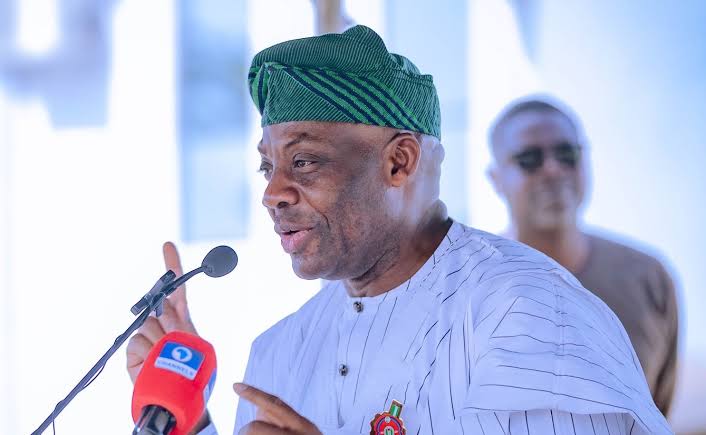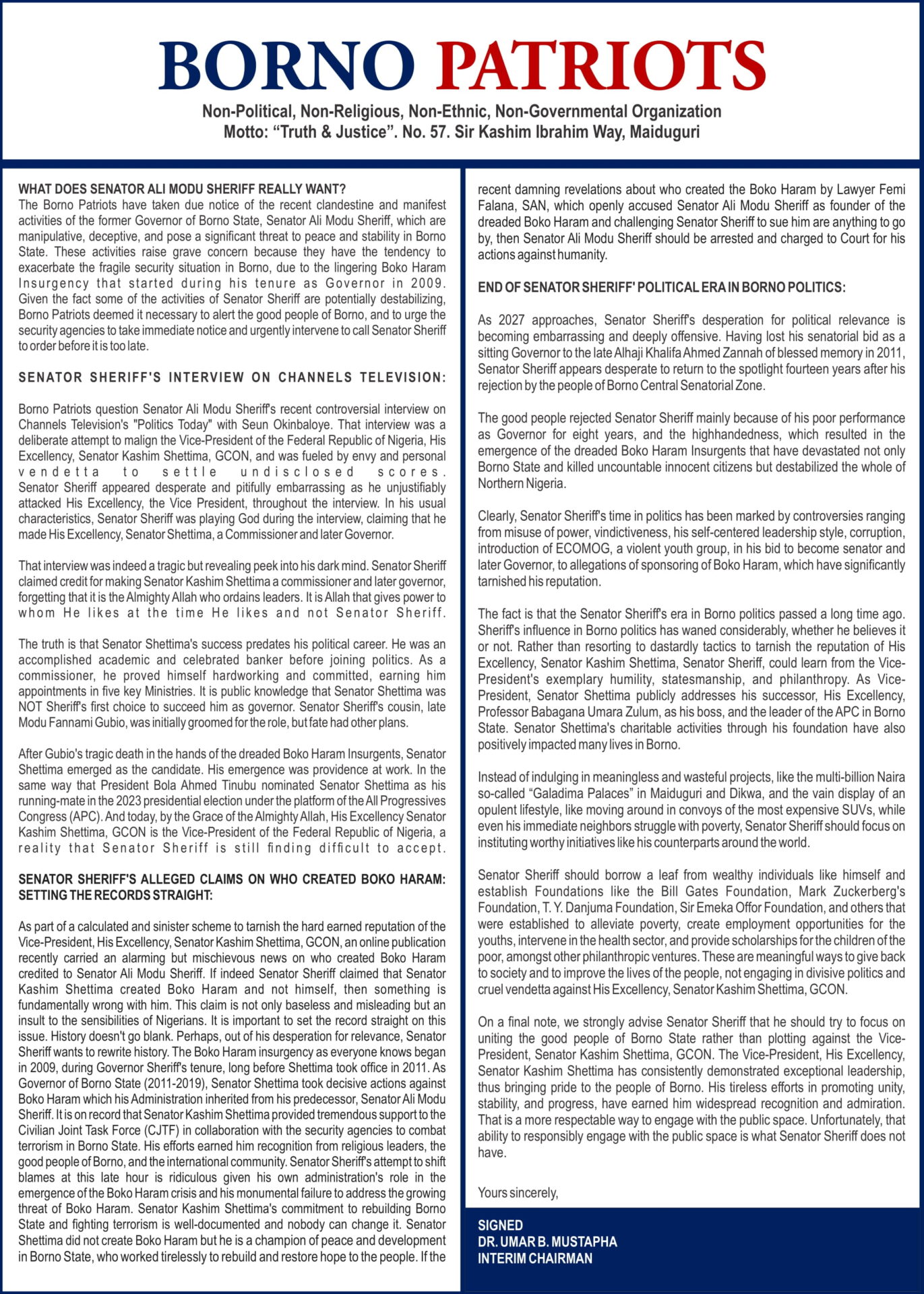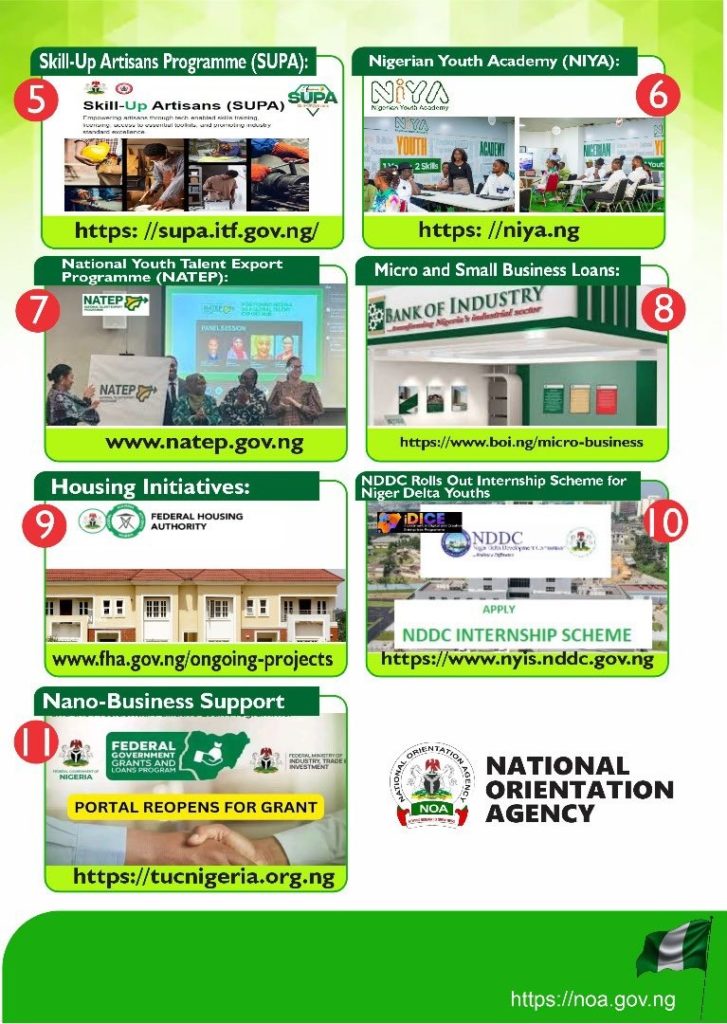BETWEEN 2018 and 2024, state governments and parents spent over N122 billion on the West African Senior School Certificate Examination (WASSCE), but the candidates’ pass rate has been poor. The absence of facilities/instructional materials, dearth of qualified teachers, and poor foundation (at the primary school level), among others, contribute to the larger problem of education decline, IYABO LAWAL reports.
Last April, to the chagrin of millions of Nigerians, the Lagos State government announced that 31,596 out of 56,134 students from public secondary schools failed the 2024 West African Senior School Certificate Examination (WASSCE).
The failure rate made a mockery of the N1.57 billion that the state government claimed it spent on enrolling students for the examination, as more than half of the candidates failed the examination despite the investment. Of course, this development has raised serious concerns about the quality of education and students’ preparedness.
But beyond the money spent, signs of impending widespread failure had been visible for years. However, to put the latest crisis in perspective, the failure rate in the 2024 WASSCE was 54.3 per cent, while the pass rate stood at 45.7 per cent. That could be considered an expensive failure given the N1.57 billion spent by the state government to cover examination fees for the students.
In the 2023 WASSCE, the situation was the same, as over 52 per cent of candidates who wrote the examination failed, after which the state government recruited 4,300 teachers between 2023 and 2024 while claiming to be “on top of the matter.”
Lagos students’ failure rate in 2022 was 23.64 per cent, and 21.3 per cent in 2021. It is generally understood that the 2020 figures were close to those of 2021 before the decline observed in subsequent years.
As of 2020, Nigeria’s human capital index, according to the World Bank, stood at 0.36, making it 168th out of 173 countries. The country ranked 152nd out of 157 nations. This is not good news.
Beyond its fleeting glorious past, Nigeria’s education system has been in the doldrums for decades. Nationally, in 2024, 18 million candidates wrote the examination with a pass rate of 72.12 per cent, and a failure rate of 27.88 per cent. Year-on-year, that is a 7.69 per cent decrease in pass rate from 2023.
The pass rate is defined as candidates obtaining credit (C6) or better in at least five subjects, including English language and mathematics. In the 2024 results, a significant number of candidates’ results were withheld as a result of their alleged involvement in malpractice.
In the last five years, state governments, parents, and guardians have spent at least N122 billion on the West African Senior School Certificate Examination (WASSCE), with mixed results to show for the humongous expenditure.
In 2018 alone, with the WAEC examination fee fixed at N13,950 and 1.57 million candidates in public schools sitting the SSCE, parents, governments, and guardians spent N22.02 billion on the examination.
In 2019, the number of candidates rose to 1.59 million, pushing the spending on the examination to N22.18 billion, and N21.6 billion in 2020, as the number of candidates who registered for the examination dropped to 1.54 million.
In 2021, the WAEC examination fee was increased to N18,000 per candidate. That year, 1.56 million SSCE candidates sat the examination in public schools, and this pushed the total expenditure of governments and parents to N28.08 billion.
In 2022, the number of candidates who registered for the exam rose to 1.6 million, leaving the total payment for the examination at N28.8 billion.

Therefore, the total amount expended on SSSCE by between 2018 and 2024 amounted to N122.73 billion.
In the 2022 WASSCE, a total of 1.6 million candidates sat the examination. Out of this, 1.22 million candidates representing 76.36 per cent obtained credit passes, and above in a minimum of five subjects, including English language and mathematics.
The May/June 2021 Senior Secondary School Certificate Examination (SSCE) recorded an “unprecedented” success rate, with 1.27 million candidates, representing 81.7 per cent of the 1.56 million securing credit passes in five subjects, including English language and mathematics.
Before the 2020 WASSCE, many expressed genuine concerns that final-year students of secondary school would flunk the exam as the COVID-19 pandemic disrupted learning globally, with several states across Nigeria ill-prepared to continue to provide academic instructions to students virtually.
The WASSCE, which is usually held in May/June, was rescheduled to August/September of 2020 because schools were shut for almost four months to halt the frightening spread of COVID-19.
However, the SSCE results of that year did not reflect the struggles that students and the larger society endured. The examination results showed that 1.5 million candidates registered from 19,129 recognised secondary schools in the country, and the results showed that 1.33 million, representing 86.99 per cent, obtained credit and above in a minimum of five subjects, with or without English language and/or mathematics.
 Of the 1.59 million candidates that sat for the 2019 examination, 64.18 per cent obtained five credits, including mathematics and English. This was a 14.18 per cent increase from the 50 per cent of the previous year.
Of the 1.59 million candidates that sat for the 2019 examination, 64.18 per cent obtained five credits, including mathematics and English. This was a 14.18 per cent increase from the 50 per cent of the previous year.
In 2018, 49.98 per cent of 1.57 million who sat for the examination obtained credits and above in a minimum of five subjects, including English language and mathematics.
The high failure rate in Nigeria’s May/June SSCE is due to several factors. Indeed, the poor quality of education in many public schools significantly contributed to the mass failure.
While many schools need more facilities, instructional materials, and qualified teachers, the poor foundation at the primary school level also contributes to the larger problem. Factors such as overburdening home activities, poor parental involvement, and ineffective teaching by unqualified teachers have been identified as critical reasons for the mass failures.
Another significant factor is the government’s refusal to adequately invest in, and reform the education sector. Frequent policy changes, inadequate infrastructure, and teacher training funding, as well as a lack of oversight, have all contributed to the decline in education standards.
Additionally, WAEC has reported a fluctuating trend of mass failure, with some years seeing over 70 per cent of candidates failing to get the minimum five credits, including English and mathematics.
This suggests systemic issues beyond just the students’ performance. In summary, the mass failure in Nigeria’s SSCE is a complex problem rooted in the poor state of the country’s education system, lack of government commitment, and various socio-economic factors affecting both students and schools.
Last November, the Nigerian Academy of Education (NAE) called on President Bola Tinubu to declare a state of emergency in the sector to holistically address the decadence in the system. It urged the federal government to stay out of the running of secondary schools, and as such, hand over the 115 unity colleges to states with comprehensive conditions.







